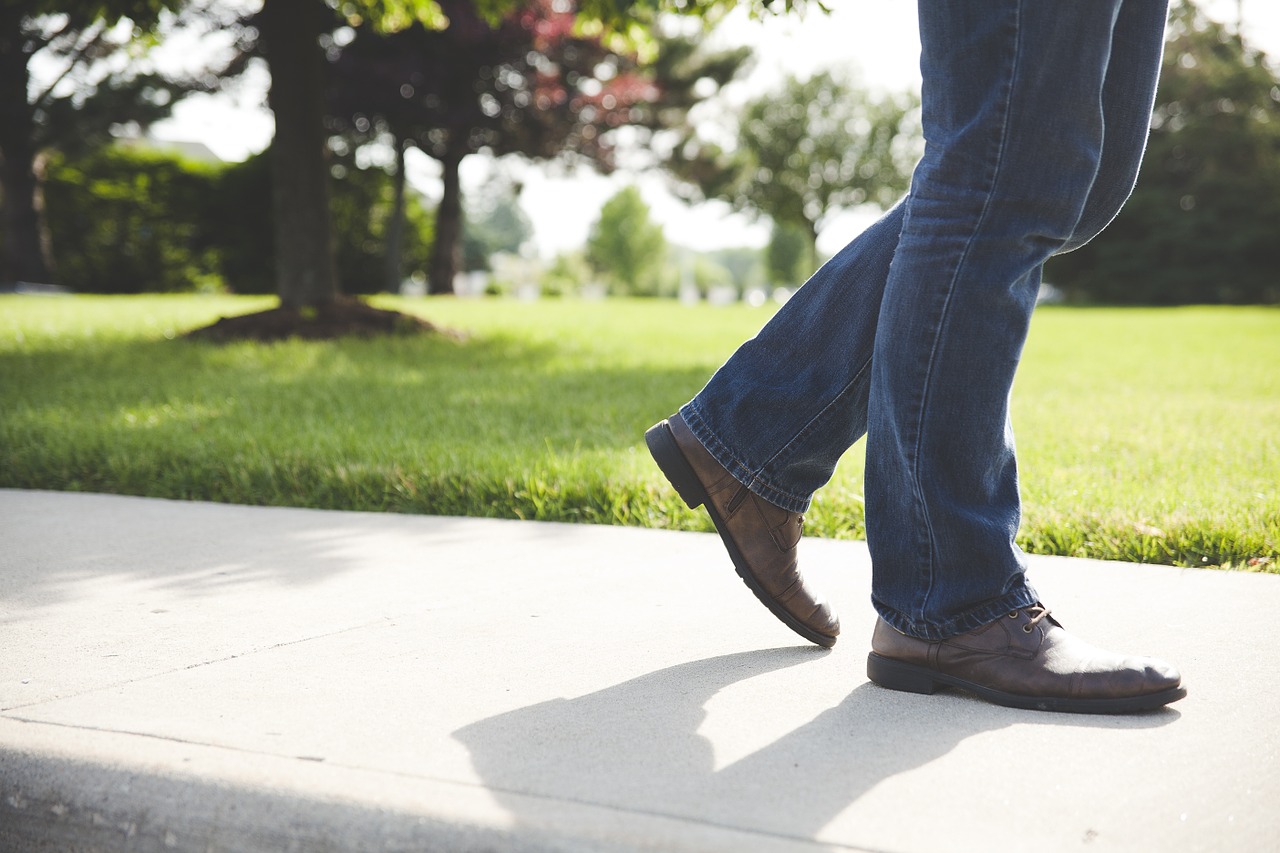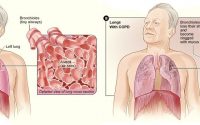Born to Walk – Efficiency and Essential Events
Walking upright is one of the factors that sets us apart from our nonhuman primate cousins and is considered to be one of the main forces behind our evolution into our current Homo sapiens selves. Creating a stable, resilient form with the least calorie usage has been a driving force within nature. Different animals use different strategies to achieve this equilibrium; evolution is a multifactorial process that cannot be tied down to any one dynamic. Compare the lumbering gait of a rhinoceros to the waddle of the penguin and to the flow of Grace Kelly’s dancing. All are the products of millions of years of evolution on different branches of the tree of life. The rhino sacrificed grace for strength and a tough hide, allowing it to win most fights in the search for calories. The penguin may look comical on land but is bullet-like in water, where it meets both its prey and its predators.
Homo sapiens gave up strength and speed and instead aimed for efficiency and generalization. Minimizing our calorie expenditure in the search for food—and maximizing the many strategies we can use to catch, find, or grow it— led to what and where we are now. We made use of many factors inherent in our bodies, especially the potential that was unleashed when we became capable of standing, walking, and running on two legs.
Endurance running is often put forward as one of the main drivers for the anatomical changes that led to Homo sapiens. While that may be true, and there is certainly a strong argument for it, anthropologist Herman Pontzer points out that we should clarify the difference between efficiency and endurance. In his paper “Economy and Endurance in Human Evolution” (2017), Pontzer defines endurance as the amount of time an individual can sustain a given speed. Being able to maintain a speed over distance is certainly related to efficiency and myofascial economies, but endurance uses other important dynamics as well. Our efficiency is afforded by our upright posture (less energy being used against gravity), long limbs (fewer steps to cover any distance), and the interrelationships between joint ranges (we will explore these as the “essential events” later). Some of the anatomical features necessary for the endurance to run long distances for a long time are muscle volume, fiber type, and heat management (the ability to sweat in order to cool).
During his research into locomotor costs, Pontzer found that changing from walking to running for chimpanzees did not create much increase in energy demand. However, this was not the case for human subjects, who had a significant increase. Walking for humans is an extremely efficient mode of locomotion, and while we can run long distances, doing so is metabolically costly. A reason for the jump in energy use is that the bent-knee, bent-hip strategy of running leaves behind the energy-efficient straight-leg heel strike of walking.
Throughout Born to Walk we explore interrelated actions between joints during walking, as it is the collective ranges and alignment of these joints—toe, knee, hip and lumbar extension—that allow appropriately oriented and constructed tissues to share the stress and simultaneously load elastic energy for the forward swing of the leg. The swing leg will then heel strike on a relatively stacked pile of bones which only bend slightly (at least enough to stiffen the tissues). Heel striking on a straight leg allows the skeletal system to manage much of the forces and reduces the moment arms at the joints, thereby providing significant energy savings.
Taken from, Born to Walk: Myofascial Efficiency and the Body in Movement, Second Edition, ISBN 978-1-913088-10-1, Lotus Publishing, Chichester
Available from: https://terrarosa.com.au/product/books/fascia-myofascial-release-books/born-to-walk-myofascial-efficiency-and-the-body-in-movement/


